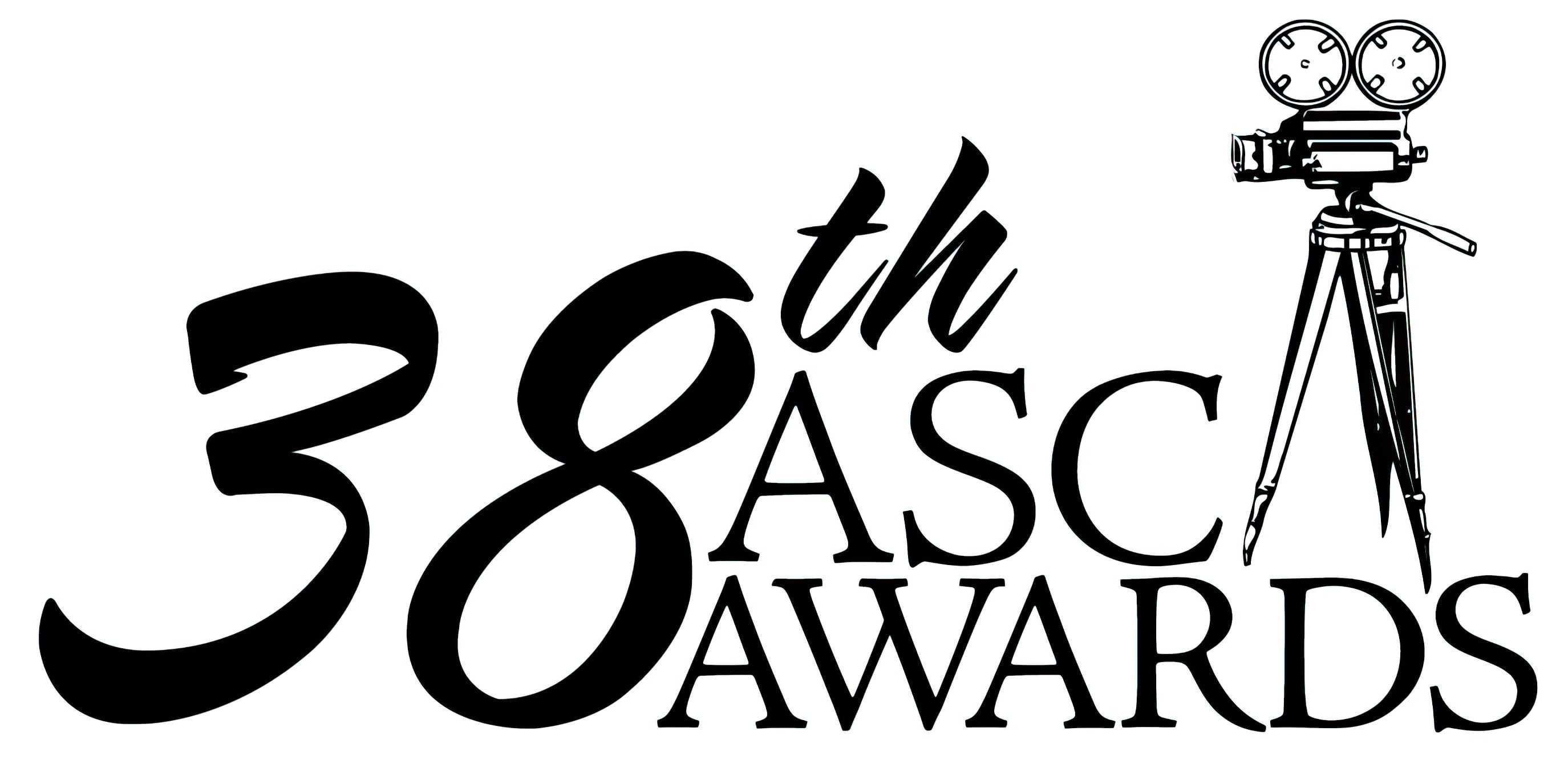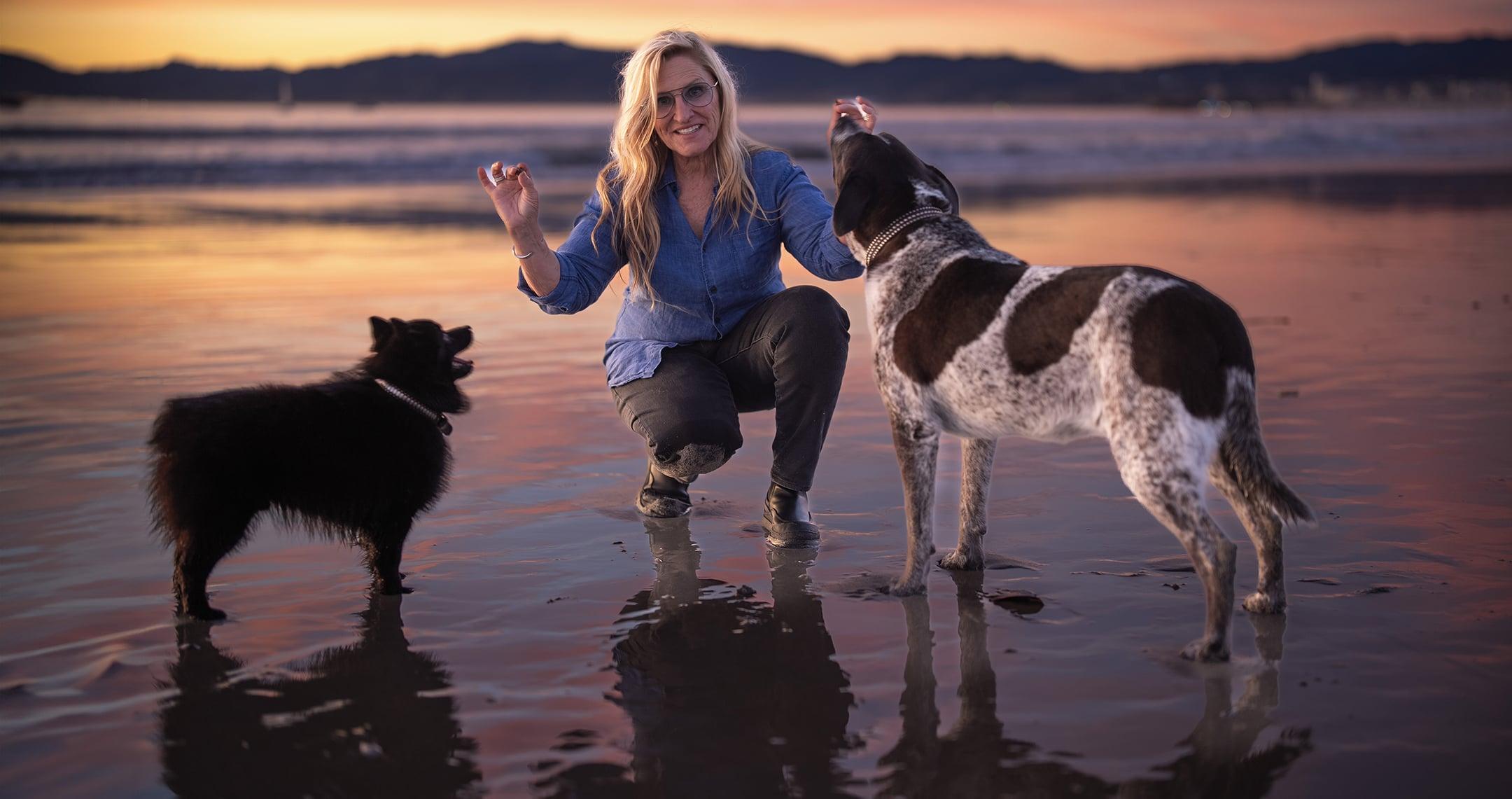
Amy Vincent, ASC: Collaborative Connections
The Society honors the cinematographer with its Presidents Award this year for her dedication to the art form and generosity to the next generation.
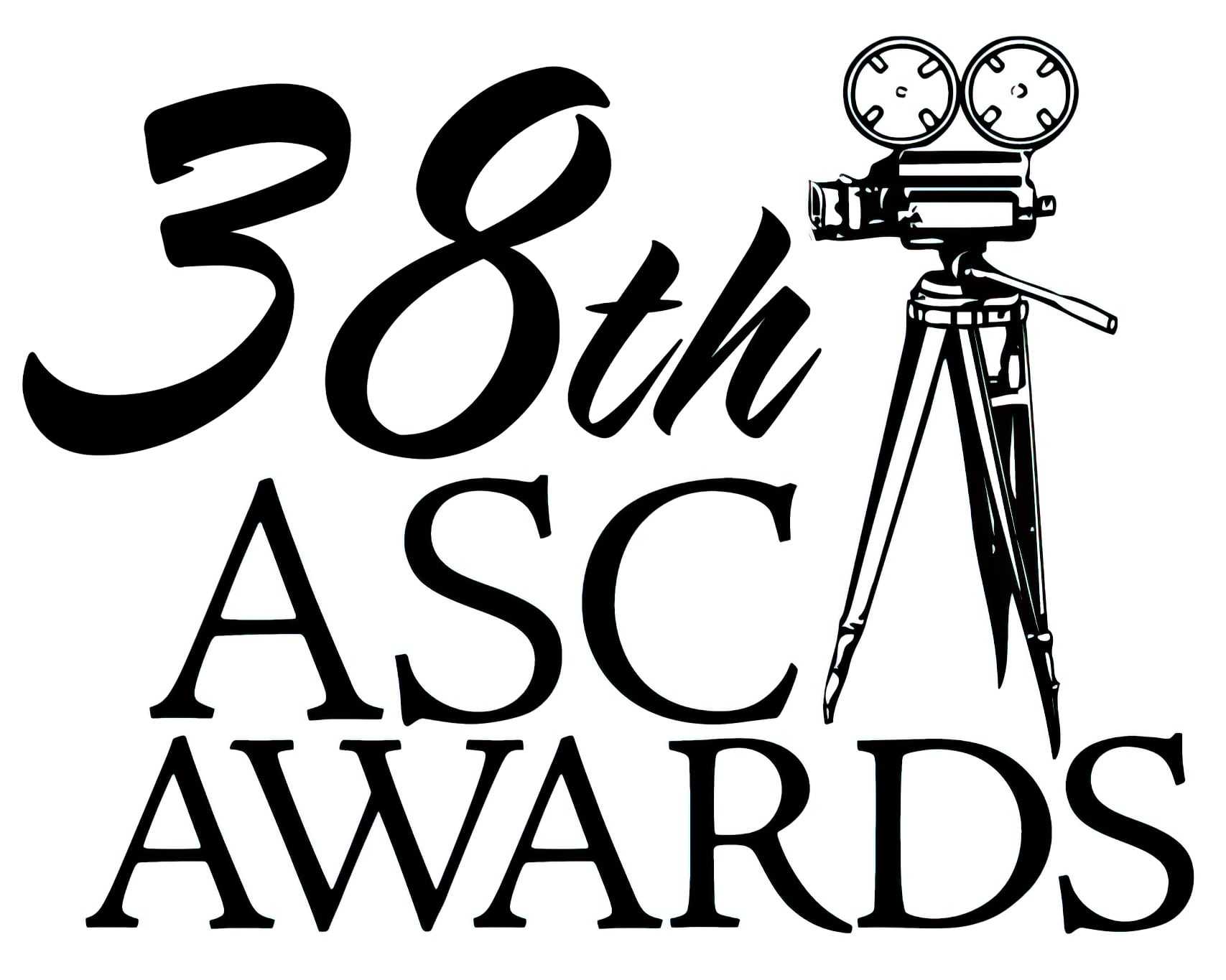
If cinematography is an intricate blend of technology and artistry, then being a working cinematographer adds a full spectrum of other human variables, including commitment, leadership and tenacity, balanced with collaboration, compassion and creativity. And Amy Vincent, ASC — who will receive the Society’s Presidents Award during the 38th Annual ASC Awards ceremony March 3 — feels a harmony today that has given her a new perspective on her creative approach and a strong sense of responsibility to share her knowledge and craft with those on their own path. “There’s a sense of balance in my life that I’m so grateful for,” she says. “And it’s because all of these elements are in sync.”
Vincent’s sense of equilibrium is the result of a mosaic of experiences that include her camerawork, educational and inspirational outreach, peer participation, countless miles in the S-curves on her black Ducati motorcycle, and — no surprise to anyone who knows her — the dogs she keeps close by whenever possible.
“There’s something about the unconditional love we get from animals that reaches deep into my heart,” says Vincent, discussing her career at AC’s Hollywood offices in the ASC Arri Education Center. At her side throughout the interview were Oso, a naughty, jet-black Schipperke, and Ruby, a good-natured cattle dog. “I grew up with animals — dogs, horses. I’m so grateful every day for what they give me and the healthy lifestyle they help me lead, one closer to nature and the outdoors. It’s all vital to who I am.”
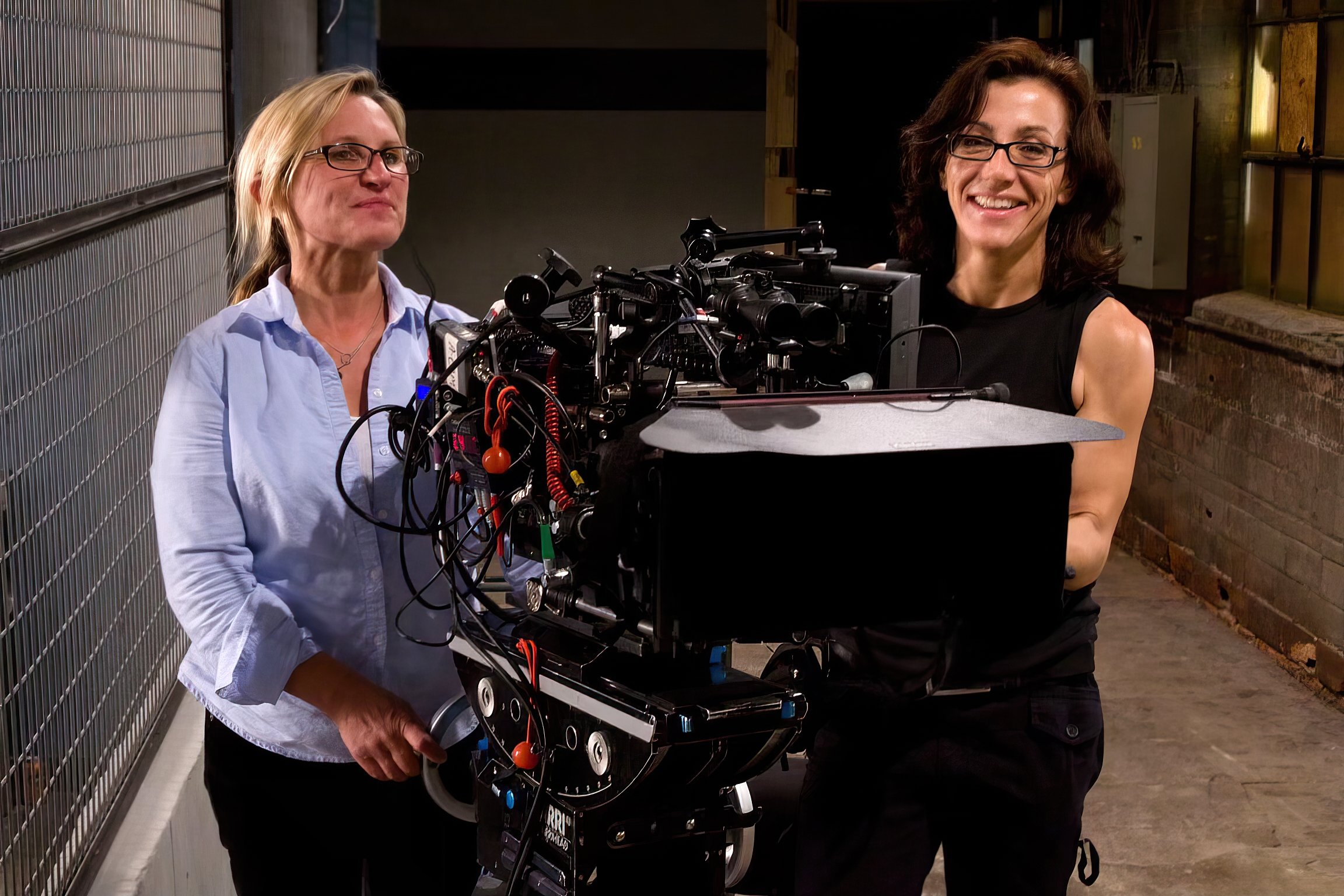
Discoveries in Santa Cruz
Born in Boston, Vincent studied theater arts and film on the West Coast, starting in 1977 at the University of California, Santa Cruz. But a life in the arts was hardly part of her plan. “I’m a math-and-science-minded person, and my original intention was to study veterinary medicine. I was essentially in a pre-med program, but I landed a work-study job in the theater-arts department and started learning how to hang lights. As soon as I was up on the catwalks and had a crescent wrench in my back pocket, setting ellipsoidals for the Royal Shakespeare Company, I fell in love with lighting. The rest is history. It was about applying the mathematical part of my brain to something creative.”
She soon transitioned into the UCSC theater-arts department, where she made her first short films. “This was the hardcore punk-rock era,” she recalls. “I was deejaying at KZSC, the college radio station, filled with rebellious energy. I was a punk rocker, and that inspired me to fight for things I wanted or believed in. Patti Smith, Iggy Pop, the Clash — they powered that sense of rebellion in me.”
Studying cinema history, theory and criticism, Vincent was introduced to the influential work of German Expressionists F.W. Murnau, Fritz Lang and Karl Freund, ASC; the latter particularly inspired her to learn more about camerawork, and photography studies led to shooting and developing black-and-white stills. “At a certain point, if I were to pursue a career behind the camera, I knew I had to go to Los Angeles.”

The Hollywood Journey
She moved to Hollywood in 1983, and her first job in the industry was in the Warner Bros. archives, trimming deteriorated footage from vintage silver-nitrate prints. That led to work as an assistant editor, and she worked in post-production for four years, becoming a member of the Editors Guild. “It’s funny now, looking back and seeing connections between different steps in my career, as if there were some kind of a plan or I had control of the situation,” she says.
In 1987, with the help of producer John Wells, Vincent interned in the camera department for Stephen M. Katz, ASC, eventually becoming a loader and a member of the International Cinematographers Guild. “Being an assistant editor prepared me to be a good camera assistant, and I moved my way up in an old-fashioned, traditional, union way. That experience afforded me the privilege of working under some exceptional people I learned so much from, including ASC members Robert Richardson, John Lindley, Emmanuel Lubezki and Dariusz Wolski.
“I realize now how fortunate I was in my timing,” she adds, noting that she feels lucky to have come up in the photochemical era, as it instilled a sense of discipline and intentionality. “All the cinematographers I worked for were on their individual journeys as well. When I worked with Wolski, it was the heyday of music videos, and we were working with incredible artists, experimenting on every project. With Bob Richardson, it was the period when he shot Natural Born Killers — it was all about extremes.
“Bill Pope was the cinematographer who gave me my first opportunity to pull focus. I went from 2nd AC to 1st [AC], and then on to operating. Those were incredible opportunities; operating for Bill on the feature Gridlock’d became my last operating job before shooting my debut feature as a cinematographer, Eve’s Bayou [1997].”
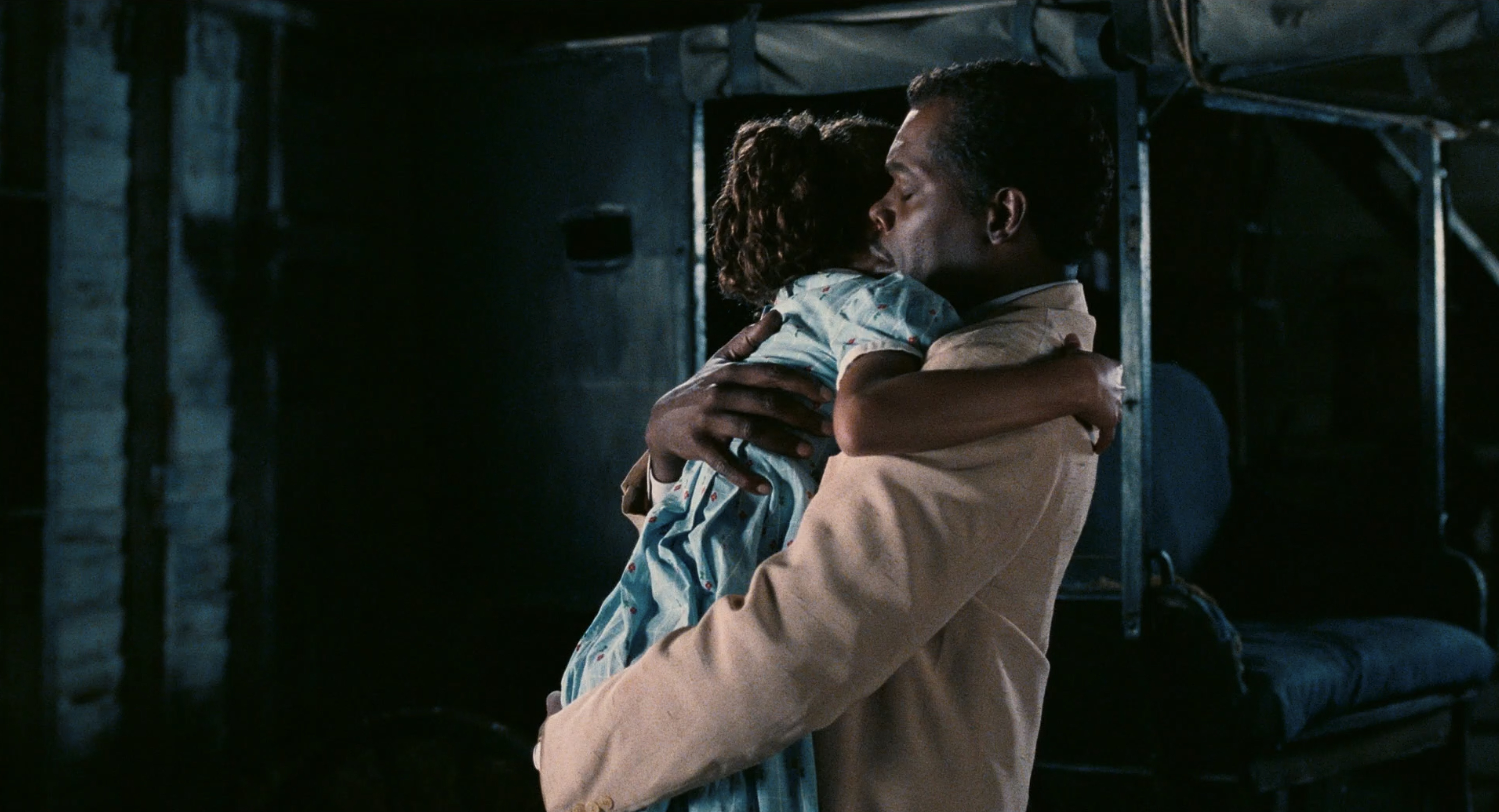

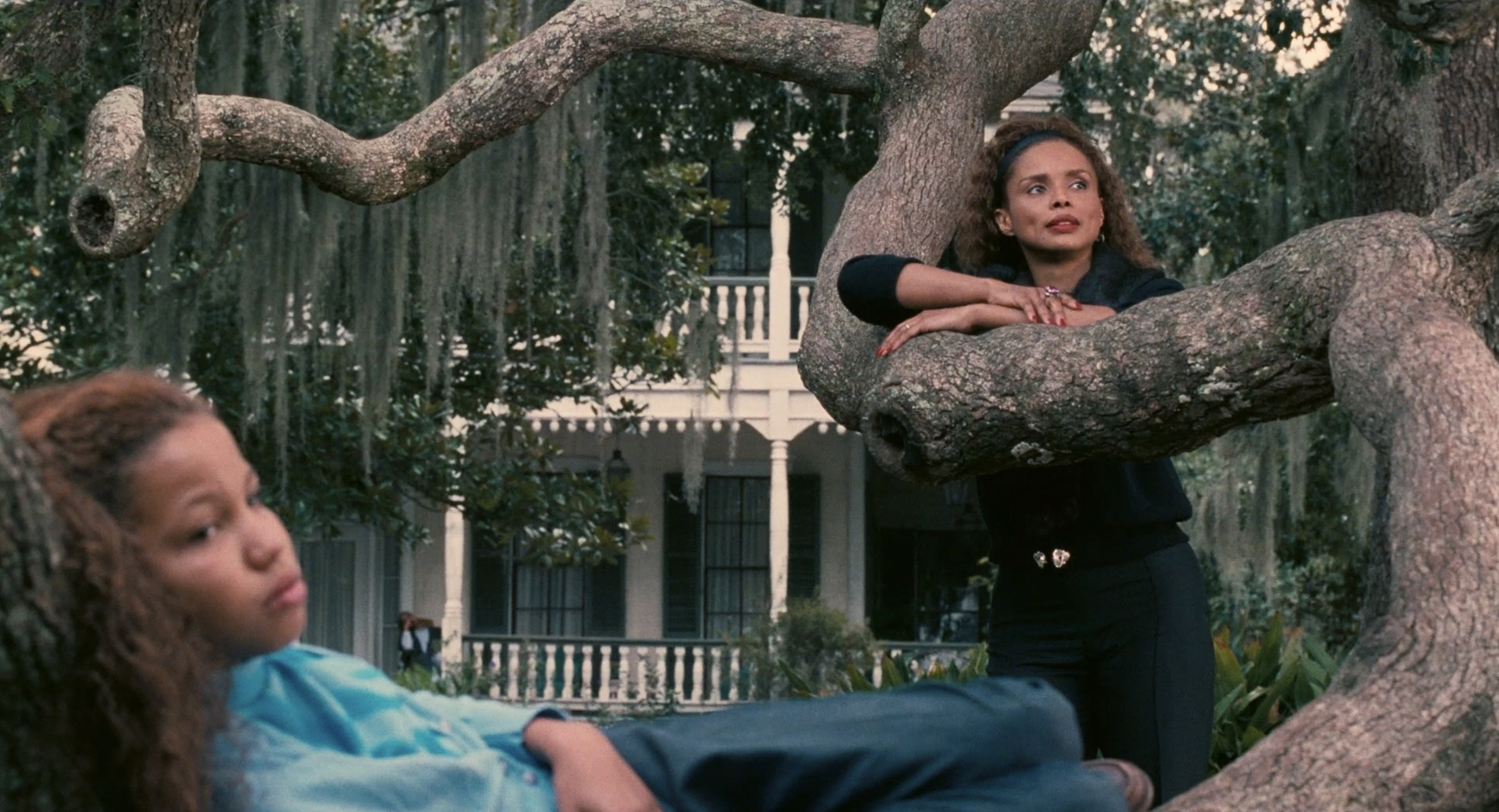
Written and directed by Kasi Lemmons, Eve’s Bayou was a creative breakthrough on many levels. In 2018, it was selected for inclusion in the National Film Registry by the Library of Congress. It “started as a short film connected to a feature script,” Vincent recalls. “At the time, I was just done with shooting short films for free over weekends with borrowed equipment, but Kasi’s script was incredible, so I said yes. It took a few years to put together financing, but we finally shot the feature in rural Louisiana. And I credit Caldecot Chubb, the producer, for keeping Kasi and me together; he saw the way we collaborated on the short and became dedicated to maintaining our creative partnership.”
Vincent went on to photograph numerous commercials and music videos, as well as the features Jawbreaker, Some Girl, Way Past Cool, Freedom Song and Kin. She then reteamed with Lemmons to shoot The Caveman’s Valentine (AC April ’01), which opened the 2001 Sundance Film Festival.
That same year, Vincent was honored with the Women in Film Kodak Vision Award for outstanding achievements in cinematography and for collaborating with and encouraging women in the entertainment industry. “Some camera departments were closed by nepotism and sexism at times, making it difficult to learn and advance,” she says. “But I was fortunate to work with cinematographers like John Lindley, who initiated change in part with the staffing of his crews. John made me aspire higher to become the cinematographer and the human being I am today. In 2022, I had the honor of presenting the ASC Presidents Award to John with Rebecca Rhine,” who was then the National Executive Director of ICG, IATSE Local 600.
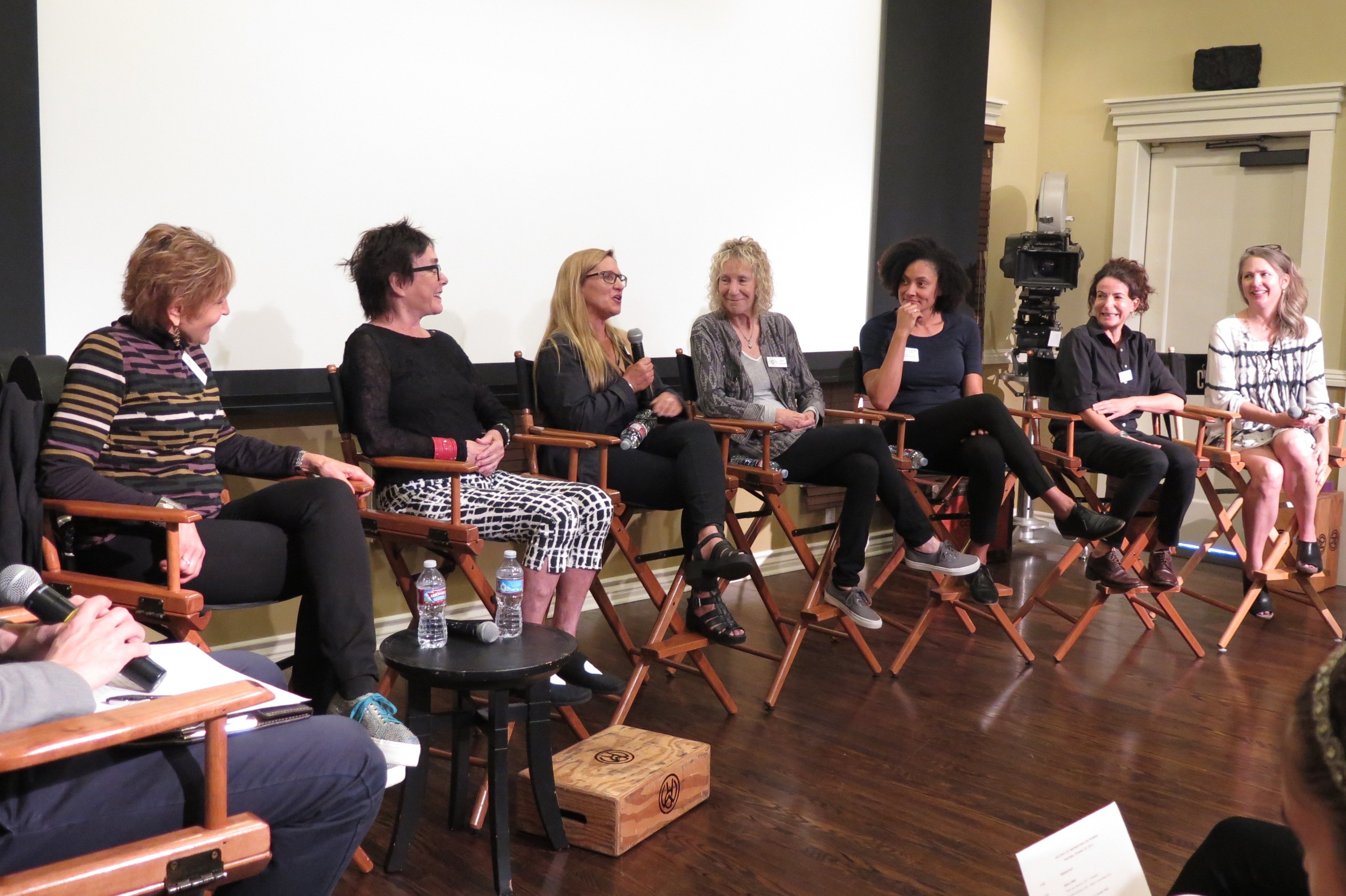
Vincent also credits 2018 Presidents Award honoree Stephen Lighthill, ASC and honorary Society member Larry Mole Parker as key inspirations and supporters not only in her career, but in her own work as a mentor. “Together with John, Stephen and Larry helped me realize the value of being a mentor and educator, and, in fact, that it has equal value as being a cinematographer. Sharing wisdom and experience is the greatest gift we can give a young filmmaker.
“Another vital person in my journey was key grip Herb Ault. He took care of me — he was my brother, uncle, father and motorcycle mechanic. He was a best friend, and if you can only have one, it’s good if they’re a grip. Herb showed me the value of gratitude and service. He helped guide me into the sunlight of the spirit where I try to live each day in my life and my work.”
Vincent’s personal introduction to the ASC took place after a screening of her first anamorphic feature, Kin (2000), a love story directed by Elaine Proctor and filmed on location in the deserts of Namibia. She recalls, “I was at a screening of it during the Mill Valley Film Festival with my father. Suddenly, into the theater walked László Kovács [ASC]. He didn’t have a ticket, so I gave him mine, and he ended up sitting next to my dad while I watched from the projection booth. That alone was a trip, but after the screening, László found us in a restaurant. He asked me about my day-for-night work in the movie and began telling me about the ASC in front of my father.”

In 2002, Vincent was recommended for ASC membership by Lindley, Richard Crudo, Steven Poster and John Schwartzman. She became the sixth woman on the ASC roster, joining Judy Irola, Ellen Kuras, Brianne Murphy, Nancy Schreiber and Sandi Sissel. “There was only a handful of us,” remembers Vincent, adding with a laugh, “I can’t tell you how many times back then people called me Sandi, Nancy or Ellen.”
Connecting with Craig Brewer
Two years later, Vincent was invited to join the Academy of Motion Picture Arts and Sciences, and she currently serves on its Science and Technology Council. That same year, former UCSC theater-department classmate Stephanie Allain, who had established herself as a producer, was seeking a cinematographer for a project financed by John Singleton, written and directed by Craig Brewer. “It was Stephanie who introduced me to Craig, and that changed my life,” Vincent says.
The project was Hustle & Flow (AC May ’05), which depicts the struggle of an aspiring Memphis rap artist. “It’s a film about the creative process and collaboration and how difficult that journey can be, which spoke to me,” she says. “This project was everything I was looking for, especially the working relationship with Craig.
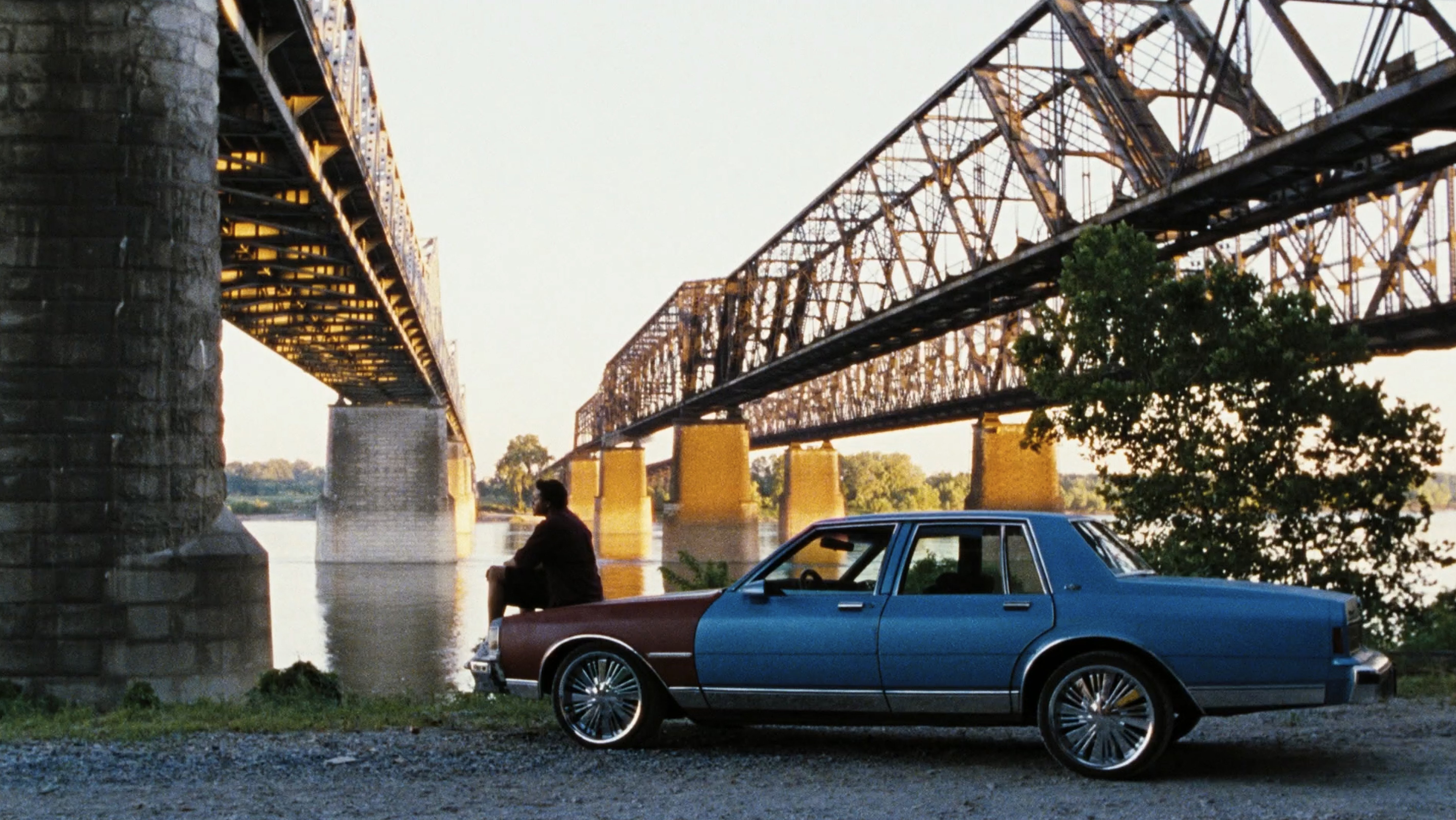
“His writing — beginning with the monologue that opens the story — just transported me into another place. It was like a window opening, and that led to creating images. He is a great writer and has a firm voice as a director, and he had shot his first feature, The Poor & Hungry, himself, so he knew something about cinematography, but he let me handle the camerawork. He trusted in me, and that was everything.
“We bonded over the still photography of Birney Imes and William Eggleston, and that was the kickoff. Craig liked to maintain a certain technical naïveté when it came to the photographic process, leaving that in my hands. He never disempowered himself; he empowered me. That comes from a place of confidence.”
Vincent won the Sundance Film Festival Award for Excellence in Cinematography in a Drama for her work on Hustle & Flow. She and Brewer went on to make the features Black Snake Moan (2006), also a creative reunion with Allain and Singleton, and the 2011 remake of Footloose. “I’m hoping to get the chance to shoot another movie with Craig because that level of collaboration is rare,” she says. “It’s on my double-bucket list.”

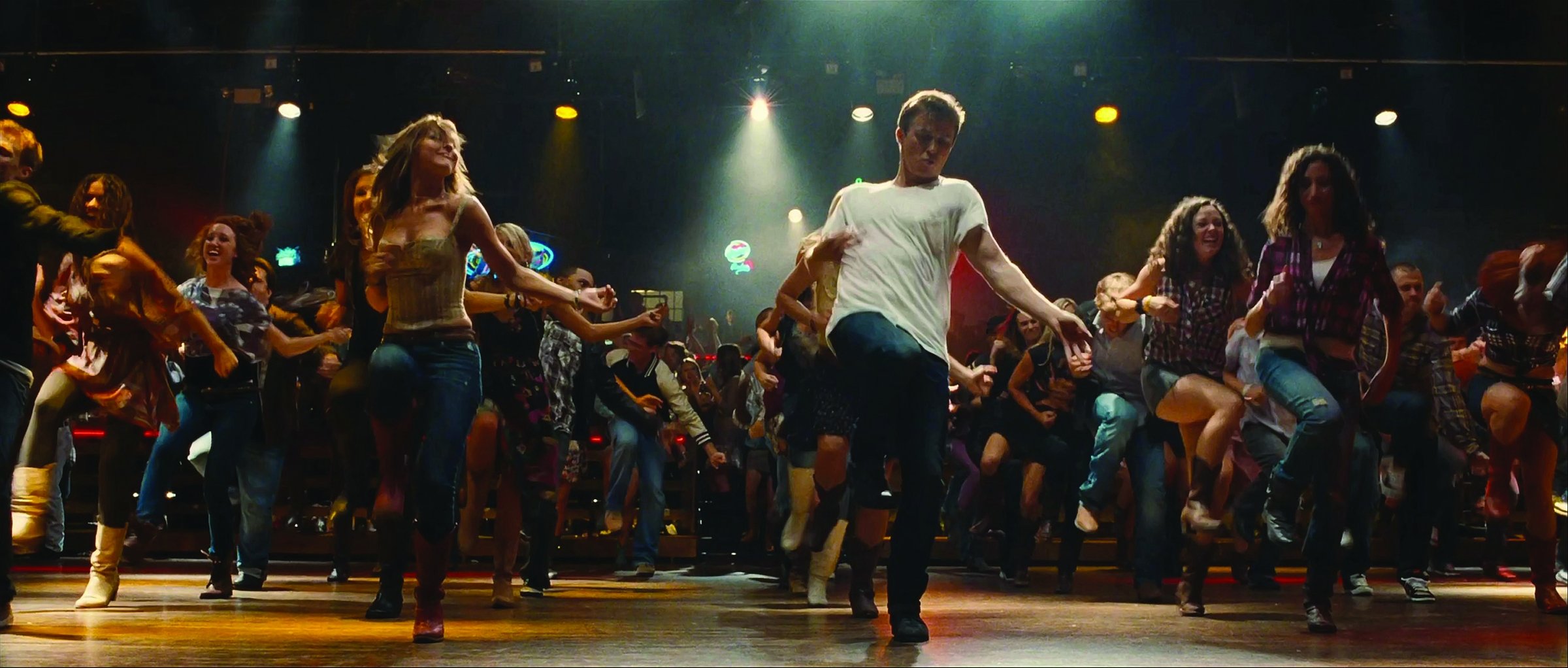
In a sense, she seeks to “fall in love with my directors not in a romantic way, but in an emotional sense, where I would do anything to support their vision.” Most recently, she found that with Indian filmmaker Roshan Sethi, for whom she shot the romantic comedy A Nice Indian Boy. “He’s 32 years younger than me, a practicing oncologist, and we just immediately meshed through a shared work ethic and dedication to the joy of filmmaking. And that’s what I look for in any director.”
The film will have its world premiere at the 2024 SXSW Film Festival.
In addition to her feature credits, Vincent has shot episodes of numerous television shows, including Upload, Eastbound & Down, Wayward Pines, Downward Dog, Legion, Justified: City Primeval and the new AMC drama Parish.
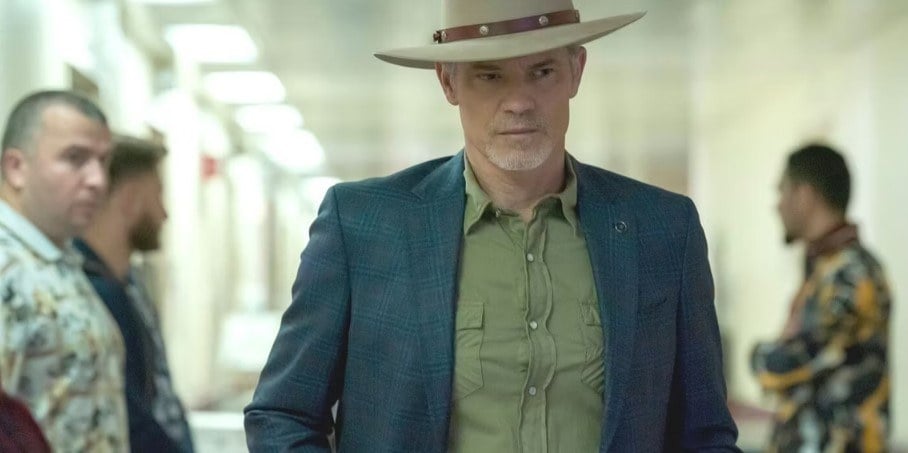
Passing It On
One of the most gratifying experiences for any established cinematographer is spending time with students — passing along knowledge and experience, a founding principle of the ASC. “I’ve always interspersed my cinematographic journey with mentoring and teaching,” Vincent says. “The sharing of knowledge is not confined to the classroom. On set, we’re constantly mentoring, training and, hopefully, inspiring. It’s an essential part of collaboration.
“It’s also a touchstone to have a young person nearby, in the mix, to keep me on my best behavior,” she adds with a smile.

In 2009, after serving as an instructor at the Los Angeles Film School and Florida State University, Vincent spent a year working with cinematography fellows at the American Film Institute, where she earned an MFA in cinematography in 1991. She was hired by Lighthill, who heads the cinematography faculty. “Stephen has enacted incredible changes, starting years ago with the establishment of gender parity in his program,” she says. “You can see the results of that today, as so many of the working female cinematographers came out of the AFI program.
“The AFI class I taught was incredible; it included Todd Banhazl, Autumn Durald Arkapaw and Matthew Lloyd, all of whom are now ASC members, and Catie Goldschmidt, who is now a member of the BSC. I could not be more proud of them.”
Lighthill did much more than offer Vincent an opportunity to teach. “He gave me the guidance as a cinematographer to become a valuable educator and to feel genuine and generous about giving your wisdom, skill and experience. He does all of that with such grace.
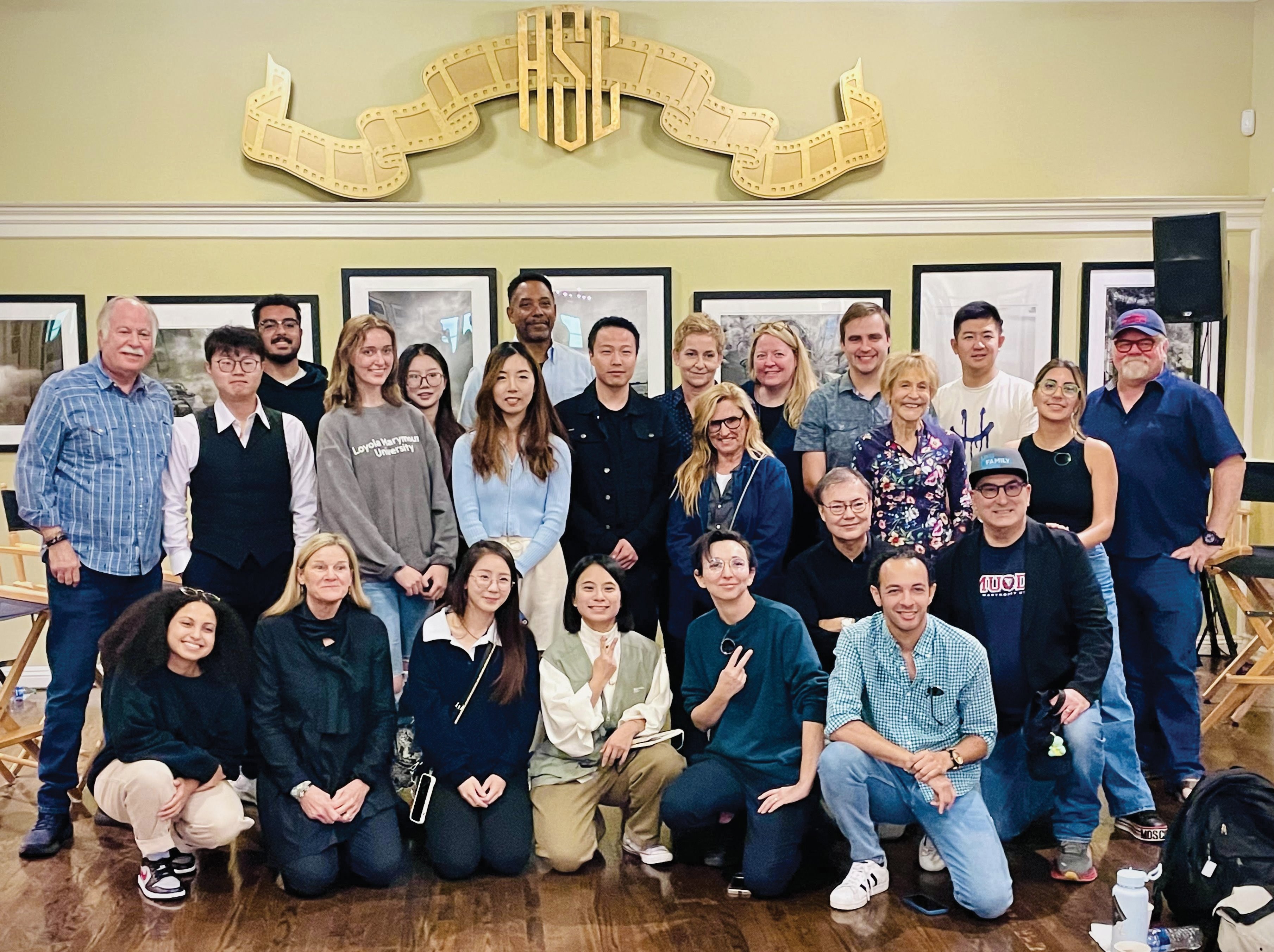
“During the strikes last year, Joanne Moore, the dean of the School of Film and Television at LMU [Loyola Marymount University], invited me to become their inaugural Distinguished Artist in Residence. It was an incredible way to spend time during the work stoppage; it gave my life a sense of purpose. To be in a formal educational structure like that and dedicate myself to that experience — rather than having one foot out the door and waiting to get back on set — was eye-opening. That concentration and focus helped to inspire the students as they prepared to shoot their thesis films. It was no small task to keep the dream alive for them while surrounded by the uncertainty of our business during the double strikes.”
A thin silver lining to the seven-month work stoppage of 2023 was the availability of Vincent’s peers, vendors and crew. During her fall semester at LMU, she called upon close friends and colleagues as guest lecturers, including M. David Mullen, ASC and Cristina Dunlap, the cinematographer of Academy Award-nominated feature American Fiction. “It’s so rewarding to have these filmmakers working with me, and it exemplifies the ideals of collaboration and connection,” Vincent observes.
She is quick to point out that collaboration is a primary focus of her process: “Stephanie Allain and Craig Brewer also came in for a class to discuss how we worked together on Hustle & Flow, which became a model for what I want in every project. That’s something I wish I’d learned early on, because building a real creative relationship is complex, but rewarding and essential to good filmmaking.
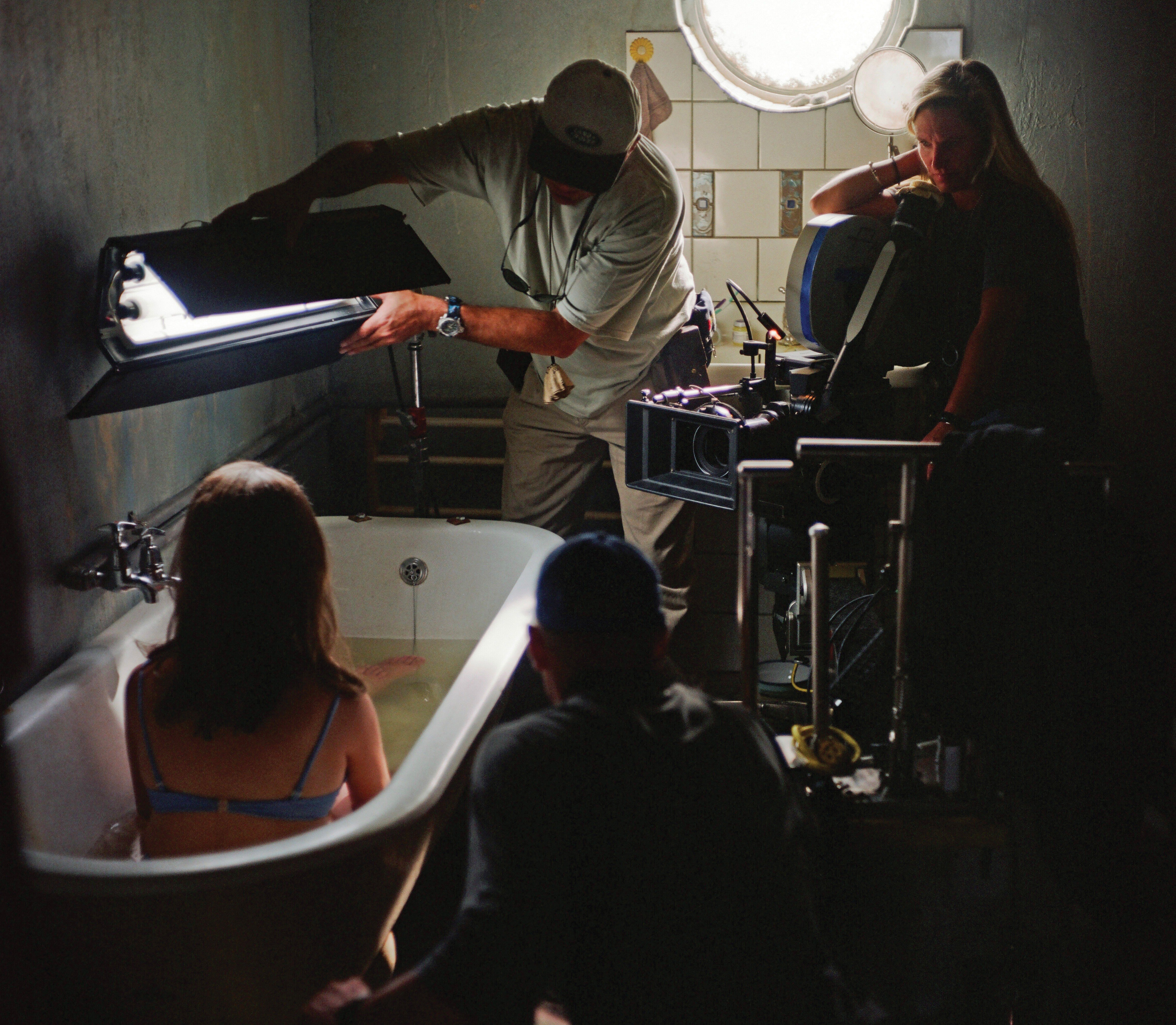
Vincent’s ongoing efforts in education were recognized with Local 600’s Mentor of the Year Award in 2018. “I feel that the math-and-science part of my brain has helped me as a cinematographer and in my teaching, because as chaotic as the technology is in this field — always changing and evolving — the physics of light behind it all remains constant. That’s something I can hold onto, something I know will always be true. The ways we create and manipulate light change, but not light itself. Mathematics and color science are foundational aspects of cinematography, and from there, the potential for creativity and collaboration is boundless.”
Vincent recalls the time ASC member Robert Richardson attended a screening of her thesis film at AFI, when she was working for him as a 2nd AC: “On set the next day, at wrap, he literally announced that this was going to be my last day on his crew. I thought he was kidding, and in a way he was, but he was literally kicking me out of the nest. His last words to me were, ‘If your lighting gets too complicated, you’re f---ing it up.’ I’ve regularly passed that advice along to my students.”
In 2017, Vincent was elected to the ASC Board of Governors, on which she still serves. She was the first vice president from 2019-2022. “I learned so much working with Stephen Lighthill, who was our ASC president during that time. And working with other ASC members in a different way — off the set, away from the cameras, in a different context — taught me something about my peer group and how I view myself within it.”
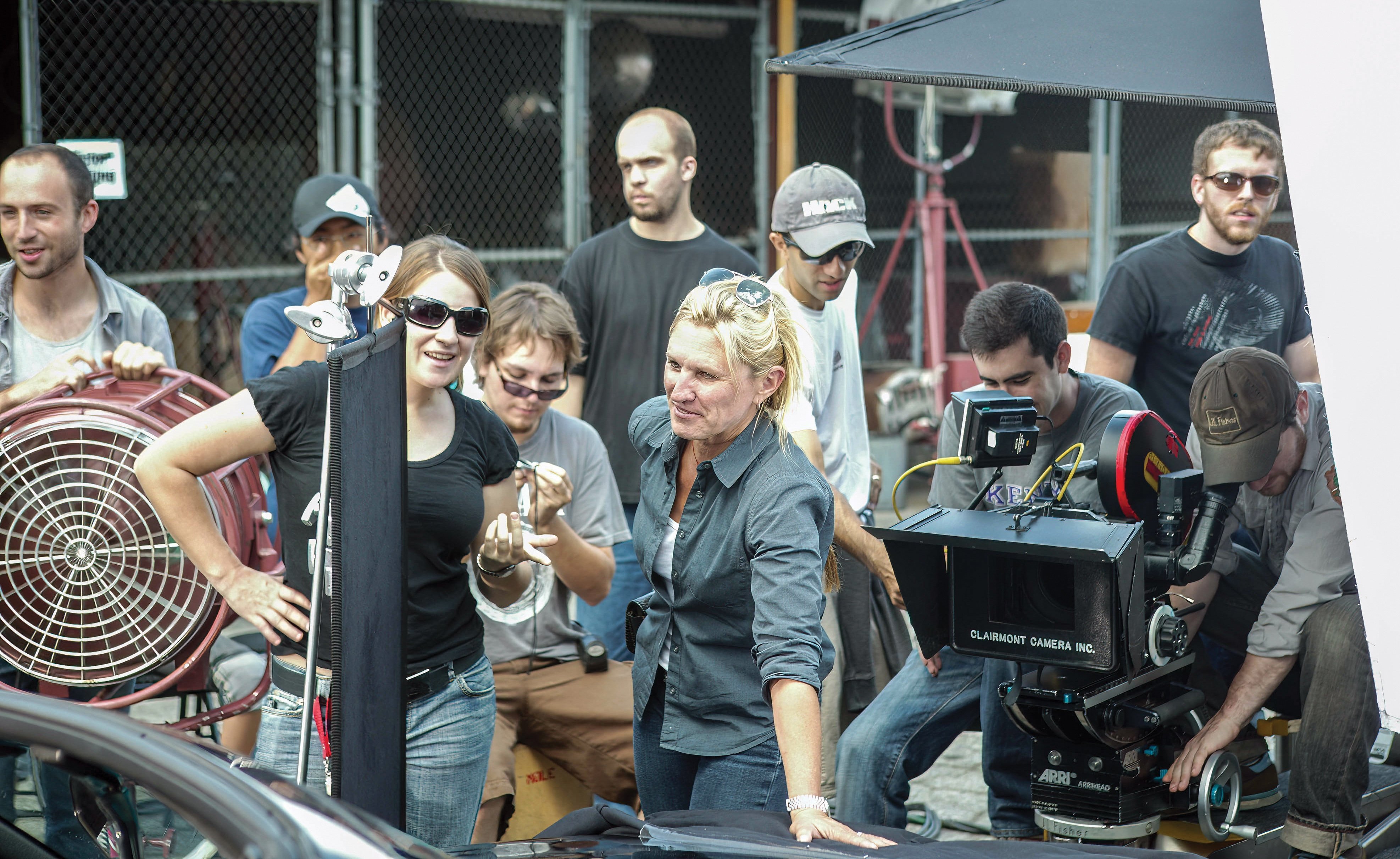
The experience also strengthened her bond with John Simmons, ASC, the second vice president during that time. “It’s no coincidence that we’re both educators, and we work closely together on diversity-and-inclusion efforts at the ASC, including new-member outreach.”
During the Covid-19 pandemic, Vincent co-chaired the ASC Future Practices committee with fellow members Erik Messerschmidt and Craig Kief. The group investigated how production could safely move forward, working closely with the ICG. Currently, she also participates in the organization’s Vision and Education & Outreach Committees, two of many ASC efforts that reflect the changing film industry.
“I’m grateful to the ASC for recognizing me with the Presidents Award because there’s a complexity to it that acknowledges so many different aspects of my life and career. That makes it truly meaningful to me.”
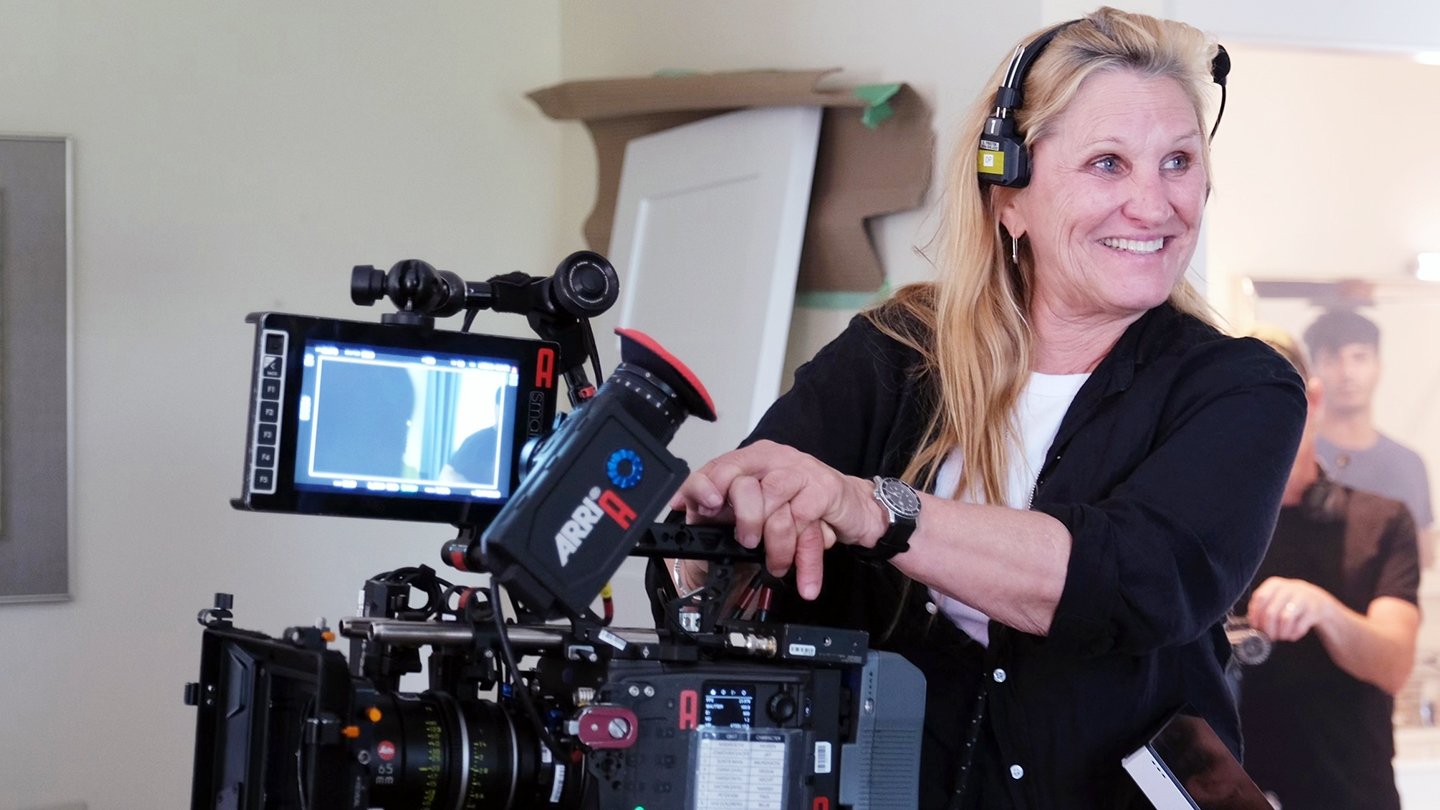
Watch the 38h Annual Awards ceremony livestream from the Beverly Hilton on Sunday, March 3 at theasc.com
